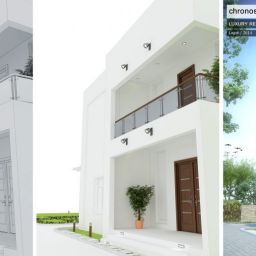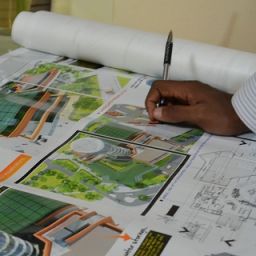
As the world becomes increasingly interconnected, Architects and allied professionals are constantly seeking new and innovative ways to collaborate on complex projects. Thankfully, the advent of cloud computing has brought about a host of new tools and platforms that are transforming the way we work together in the AEC industry.
In this article, we’ll explore the benefits of cloud-based collaboration design and construction teams.
What does the cloud mean?
Cloud computing is the delivery of on-demand computing services over the internet. Rather than relying on a local server or personal computer to store and manage data, cloud computing allows users to access files and applications remotely from any device with an internet connection. Architects no longer need to be tied to their physical office or workstation and can work on designs and projects from home or on the go.
For Architects and other professionals in the design and construction industry, cloud computing is particularly relevant because it helps to increase productivity. Cloud-based collaboration platforms like Autodesk’s BIM 360, Sketchup Trimble, or BIM Track enable real-time collaboration and feedback. As a result of this, teams can work more effectively on projects.
How cloud-based computing Improves PROJECT Workflows
Research reveals that the initial adoption of cloud computing in AEC was minimum and based on the urgent need to share files, however, this has evolved over time. Here, we explore in more detail the benefits of using cloud computing in Architectural visualization projects.
01. Efficiency
One of the biggest advantages of cloud-based collaboration is the increased efficiency it provides. By enabling real-time collaboration and feedback, team members can work together to solve problems and make decisions quickly and efficiently. This reduces the need for lengthy email chains and meetings, which saves time and increases productivity.
Additionally, cloud-based collaboration tools automatically update changes to files and keep a history of previous versions. This ensures that team members are always working with the latest version of the project and eliminates the risk of data loss. From a management and productivity tools perspective, cloud-based collaboration tools like Asana, Wrike, Google Tools and Miro offer great features. Task assignment, project tracking, and progress reporting, making it easier to manage projects and ensure that everyone is on the same page.
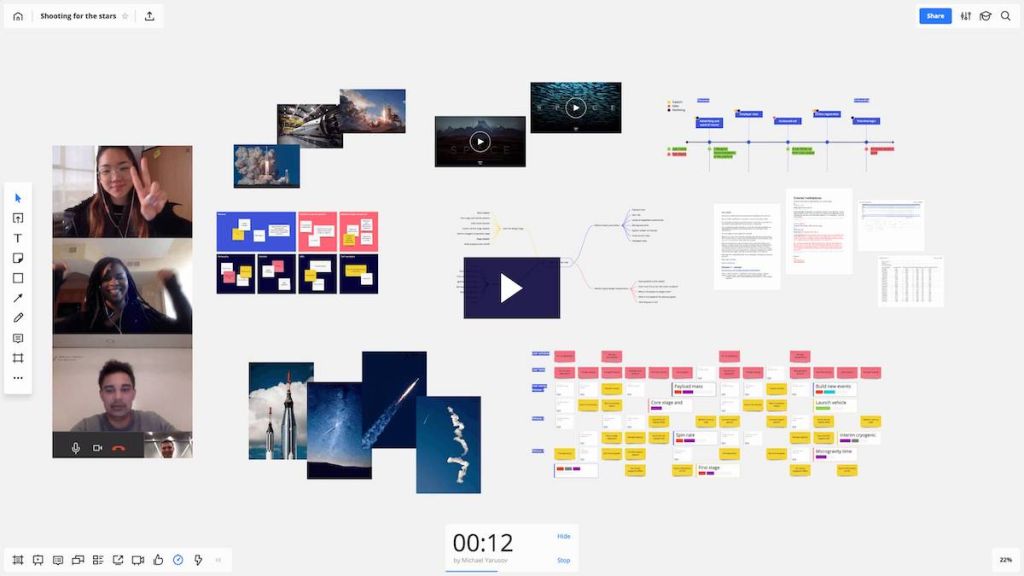
02. Accessibility
Cloud computing makes it easier for remote team members to participate in projects. Because project data is stored in the cloud, team members can access it from anywhere in the world. With this, architectural design teams can work together seamlessly regardless of their location or time zone. This is a particular process we use in collaboration projects with our partners. The image below shows a cloud collaboration interface on the SwiftWall Saltbox Washington DC project. On this project, our teams worked in various time zones on the same file, and in many cases, at the same time.
It gets even better as cloud-based tools are compatible with a wide range of devices, including smartphones, tablets, laptops, and desktop computers. This allows team members to work on the same project from their preferred device, making it easier to work on the go.
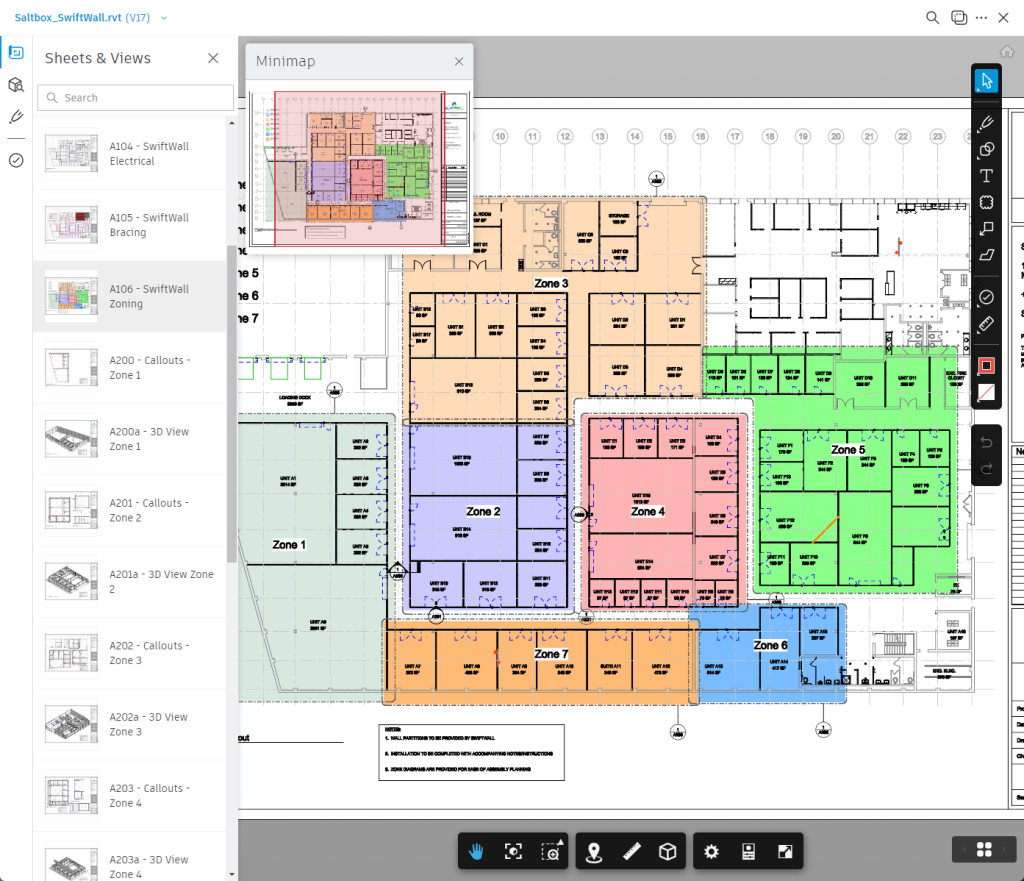
03. Flexibility
Cloud-based collaboration tools can be more cost-effective than traditional on-premise solutions, as they do not require expensive hardware or infrastructure. This makes them an ideal choice for small to medium-sized businesses or teams on a tight budget. You ordinarily just need an internet connection and a medium tier computer. Also, cloud-based design platforms can be integrated with other tools and software, such as project management software and communication platforms. This makes it easier to manage all aspects of a project from a single platform, such as markups and revisions.
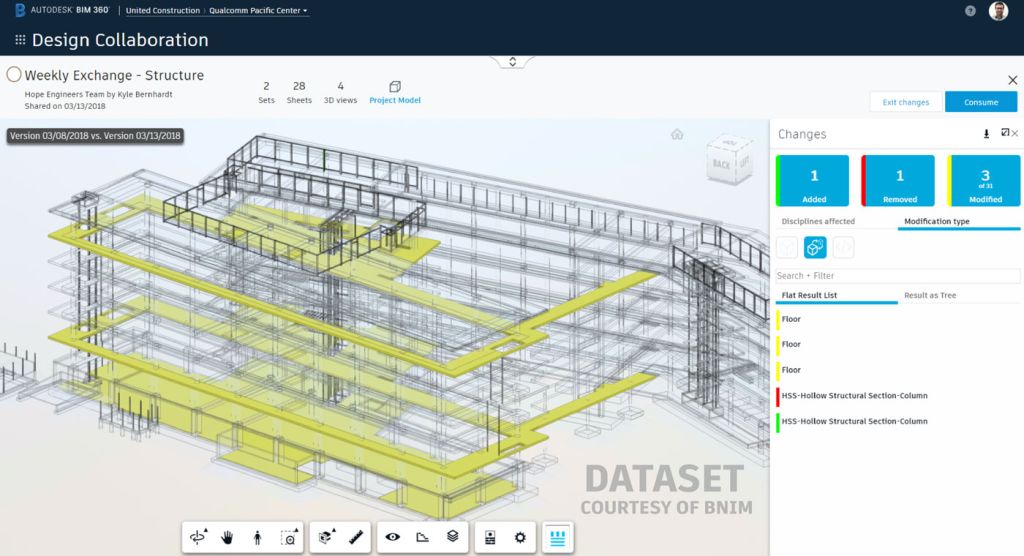
Image Credit: Autodesk Blog
By leveraging the benefits of cloud-based collaboration tools, Architects and allied professionals can streamline their workflows, improve communication and productivity, and deliver high-quality projects in a timely and cost-effective manner.
WHY DOES THIS MATTER
As cloud computing continues to evolve, it’s clear that it will play an increasingly important role in the AEC industry. By enabling real-time collaboration and feedback, cloud-based workflows are transforming the way that architects work together. This results in more efficiency, easy accessibility, and flexibility. Teams can continue to place themselves at the forefront of technology by embracing the changes early enough because, just like any other technology, there is a learning curve.
As more companies adopt cloud-based collaboration tools and platforms, we can expect to see even greater improvements in project outcomes and overall productivity.
The Chronos Team’s exceptional delivery is a result of great collaboration with other professionals whose strategies for project delivery align with ours. We leverage one another’s strengths on all opportunities. Talk to us about your next project.











